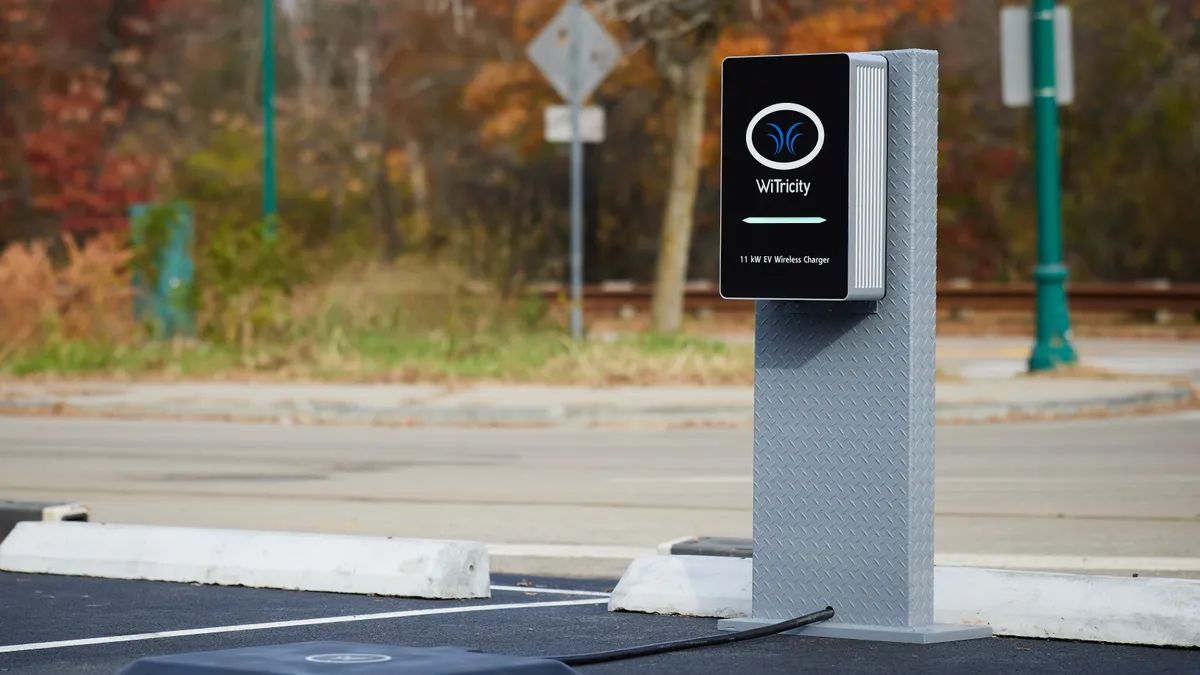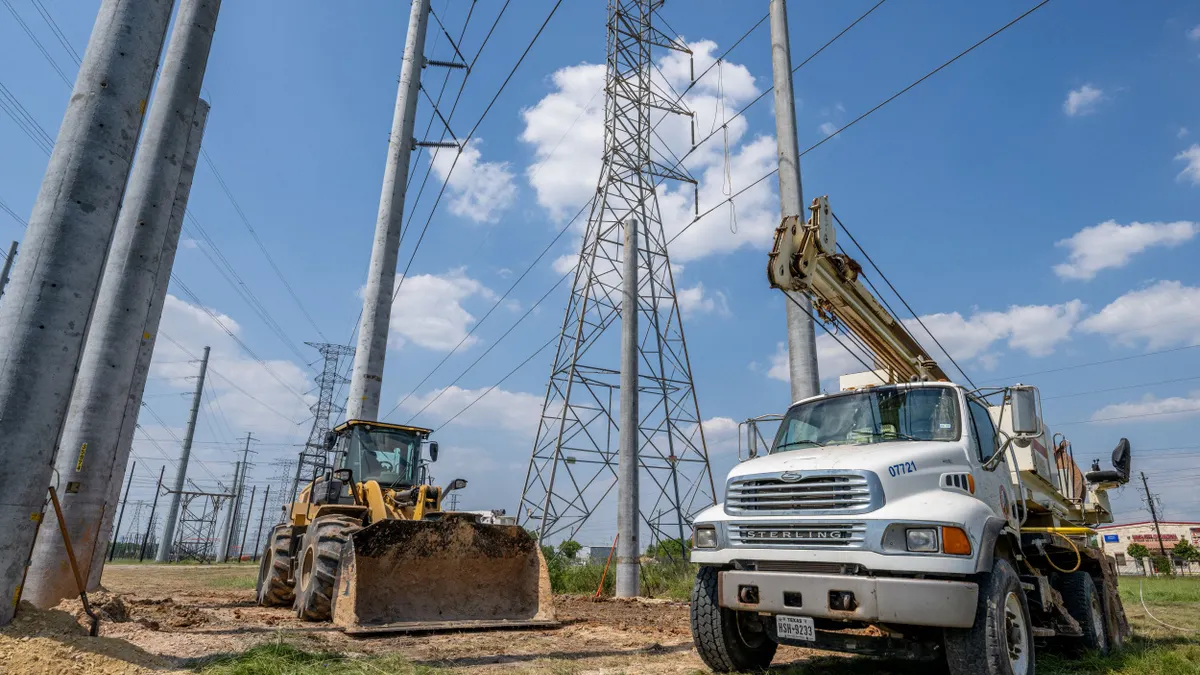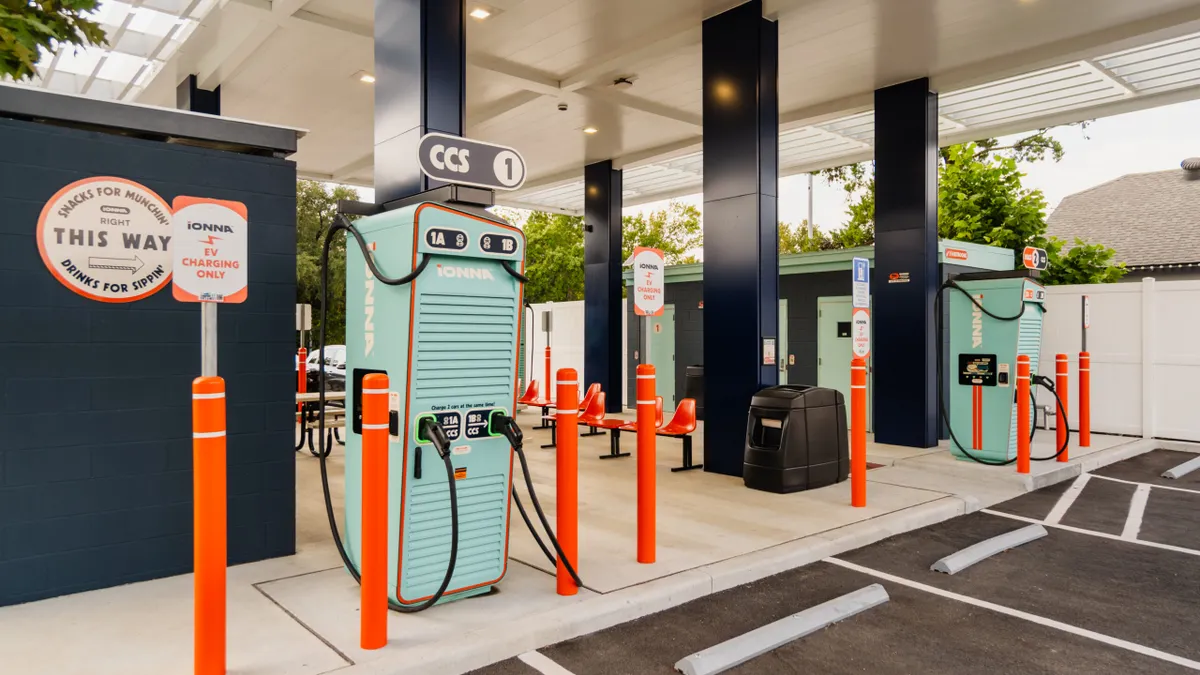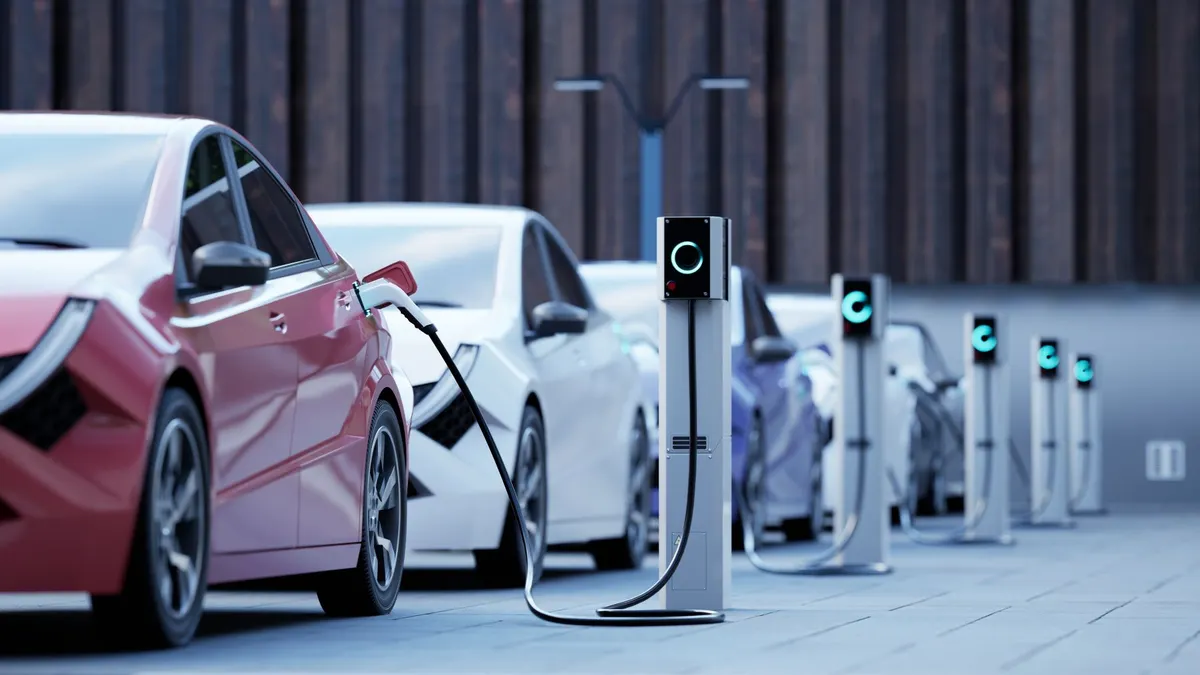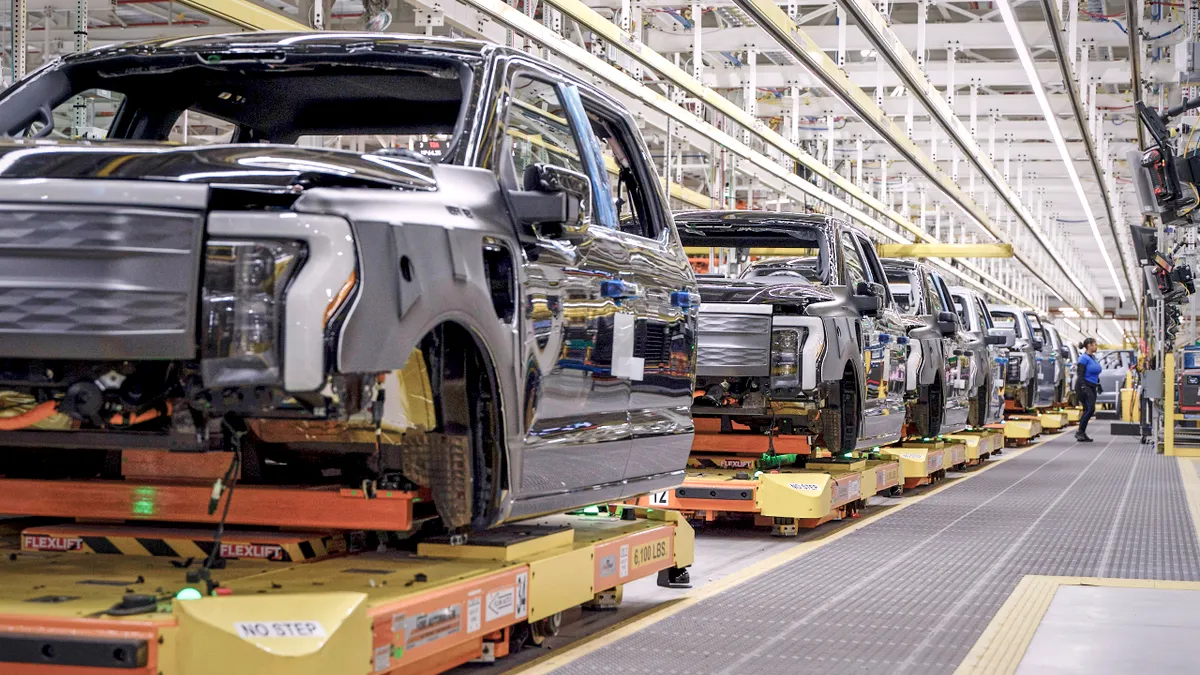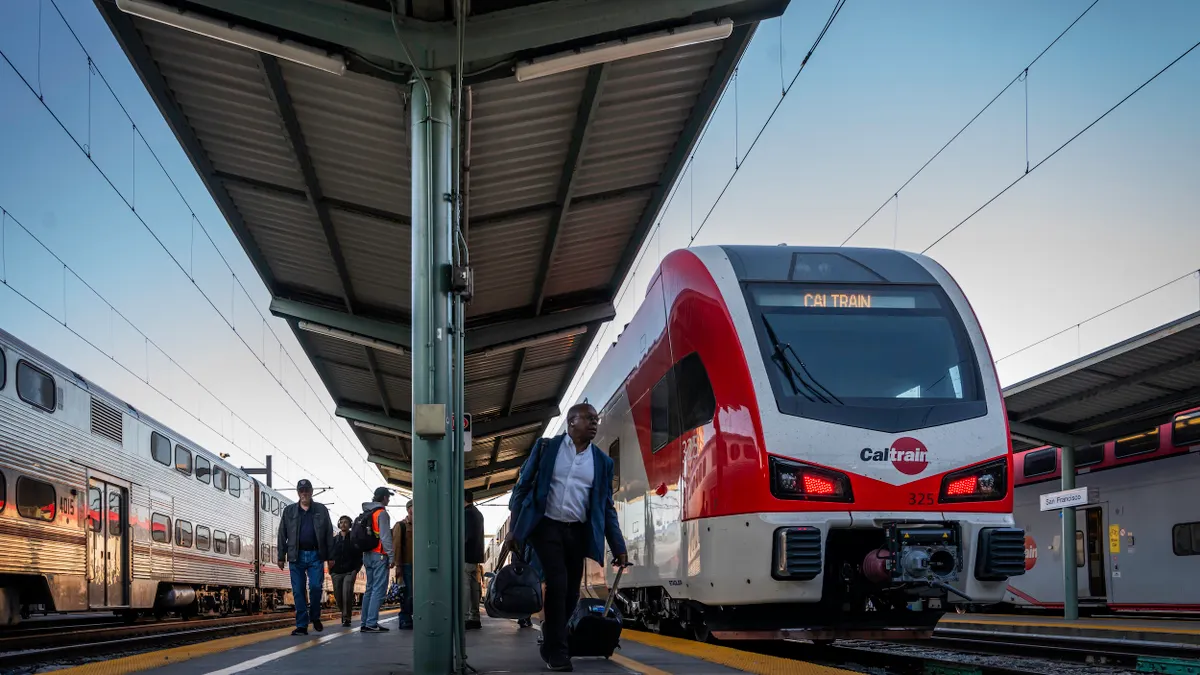The following is a contributed article by William Policastro, vice president grants, business development & account management at Blink Charging.
All signals are pointing towards an electrified future — and it’s not just a result of the historic Bipartisan Infrastructure Law that was passed last year. Global electric vehicle sales rose 80% in 2021 and automakers are expected to spend $515 billion over the next five to 10 years transitioning from combustion engines to EVs. Even this year’s Super Bowl had a stake in the game.
In order to fuel the growth of these battery-powered cars, the U.S. and cities across the globe will need to build extensive EV charging networks. But as the industry has rapidly accelerated, most considerations have catered to urban EV drivers, where charging is more readily available and convenient, whether in public parking lots, apartment buildings, streetside or otherwise. The inherent density of metropolitan areas makes the costs associated with installing EV charging infrastructure viable.
To truly transition to electric transportation, however, EV charging networks must reach all communities no matter if there’s a population of 3 million or 3 thousand. With one in 5 Americans, or about 60 million people, living in rural America, consumers, states and municipalities must also build out adequate charging infrastructure. As they do this and encourage widespread EV adoption, they will need to consider unique barriers that their urban counterparts do not.
Prioritize federal funding for electrical infrastructure upgrades
For example, because rural drivers typically drive longer distances, these communities will rely more heavily than their urban counterparts on DC fast chargers, which can charge an EV up to 80% in under 30 minutes and are ideal for electrifying long-distance travel corridors. However, rural areas typically have less electrical capacity and lack the strong electrical infrastructure needed to power numerous DC fast chargers in these communities.
The price tag of bringing the necessary power to a rural EV charging site can be cost-prohibitive for private companies looking to host charging stations, ultimately contributing to so-called “charging deserts” around the country. As a result, federal funds should be directed to rural communities to upgrade their electrical infrastructure. Steps are already being taken in this direction: the U.S. Department of Energy recently launched the “Building a Better Grid” initiative that will catalyze the nationwide development of new and upgraded high-capacity electric transmission lines, deploying more than $20 billion in federal financing tools. As this funding starts to roll out, it should be strategically allocated and deployed to route more power to rural and underserved areas.
DC fast chargers will also need to be deployed alongside destination Level 2 chargers, which charge at lower speeds but require significantly less electrical infrastructure. L2 chargers are beneficial to drivers because they take advantage of high dwell-times, such as at workplaces, parking structures or multifamily residences, where cars spend a majority of their time.
Rethink demand charges for public infrastructure
Aside from a lack of available power from the grid, many rural areas are subject to incredibly high energy costs. This is partially due to the distance from the originating power source, but also due to utility demand charges. DC fast chargers use large amounts of electricity very quickly, adding significant demand to the grid, in contrast to Level 2 chargers that use electricity at a lower but consistent rate. Some utilities charge a premium for this use, especially during times of peak energy consumption.
For example, in areas with high demand fees, charges can be as high as $1,000 to $2,000 per month on a single DC fast charger, in addition to an increase per kilowatt energy cost for the electricity consumed. These fees can make the cost of electricity prohibitive for site hosts to install and maintain a DC fast charging station.
Some states and utilities, such as Green Mountain Power in Vermont, are committing to re-evaluate their demand charge policies for public charging infrastructure. Rethinking demand charges and requiring regulation should be a priority for industry, policymakers, and consumer advocacy groups to incentivize accelerated investment in charging infrastructure and drive EV adoption.
New technologies can provide an alternative path forward
Luckily, there are new and exciting technologies across the EV charging landscape with the potential to expand access to rural areas. For example, transformers that can convert available power to the high voltages needed for fast charging can lessen the burden of the costly and time-consuming process of running new power transmission lines. Separately, advances in battery technology and storage can supply power to fast chargers for a limited period of time when they are using high rates of power, a process known as peak shaving that can reduce demand fees.
These technologies are promising but still in the early stages. Continued investment in developing these and other innovative solutions can work in tandem with the larger, structural changes required to expand EV charging networks across the country.
The transition to electric transportation is a massive undertaking that will require coordination across all levels of government and the private sector. Investment in the infrastructure required to drive widespread EV adoption is already underway, but rural areas are at risk of being left behind. Targeted federal funding and strategic regulation will be crucial to ensure that the charging network to power the electrical transformation is accessible and affordable for all.


